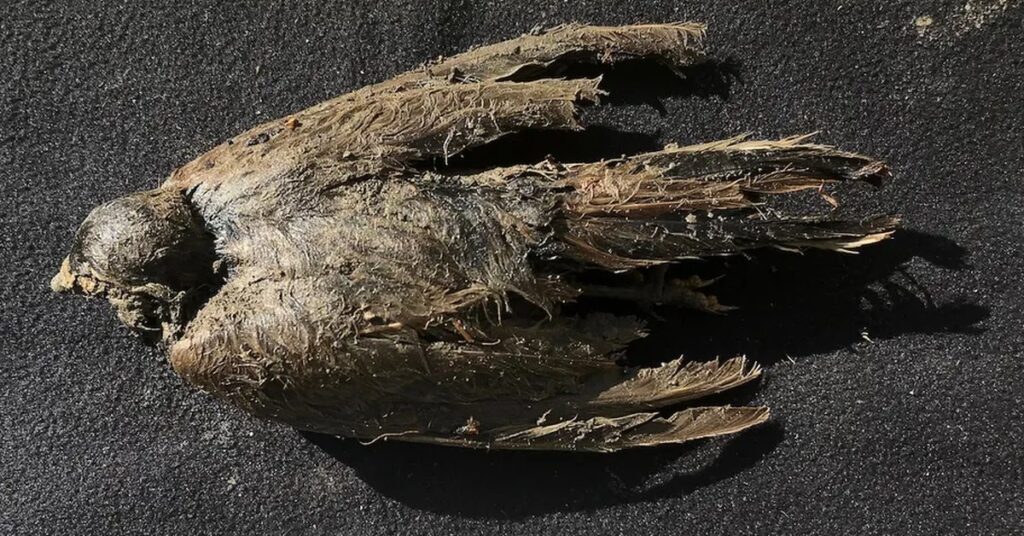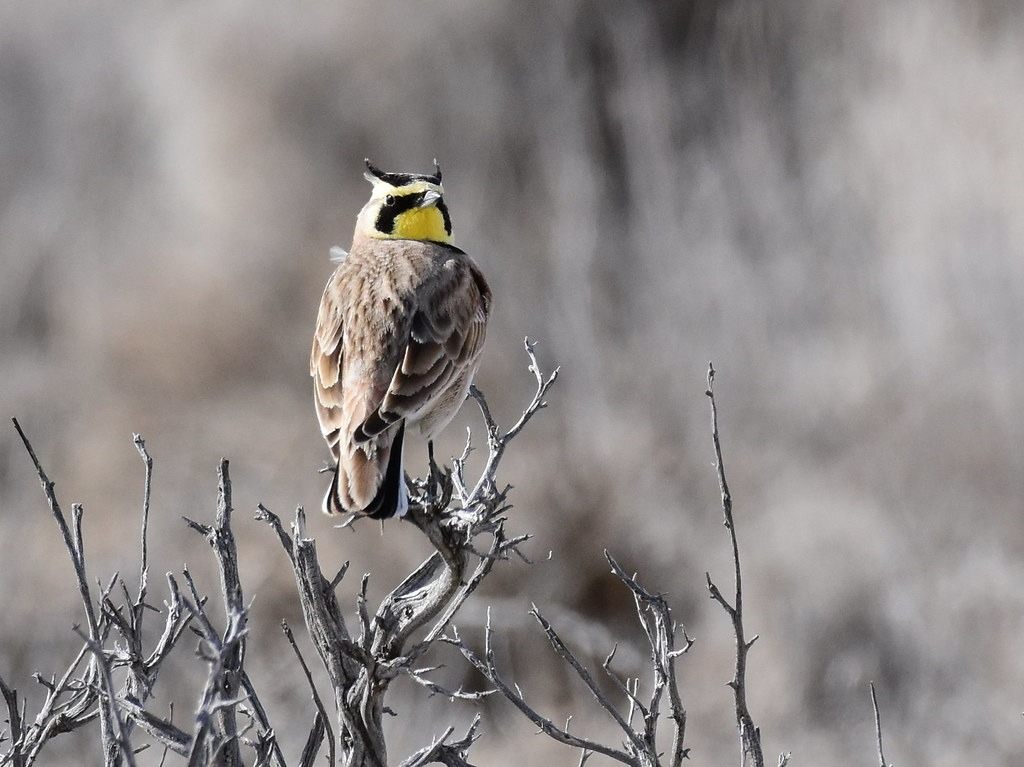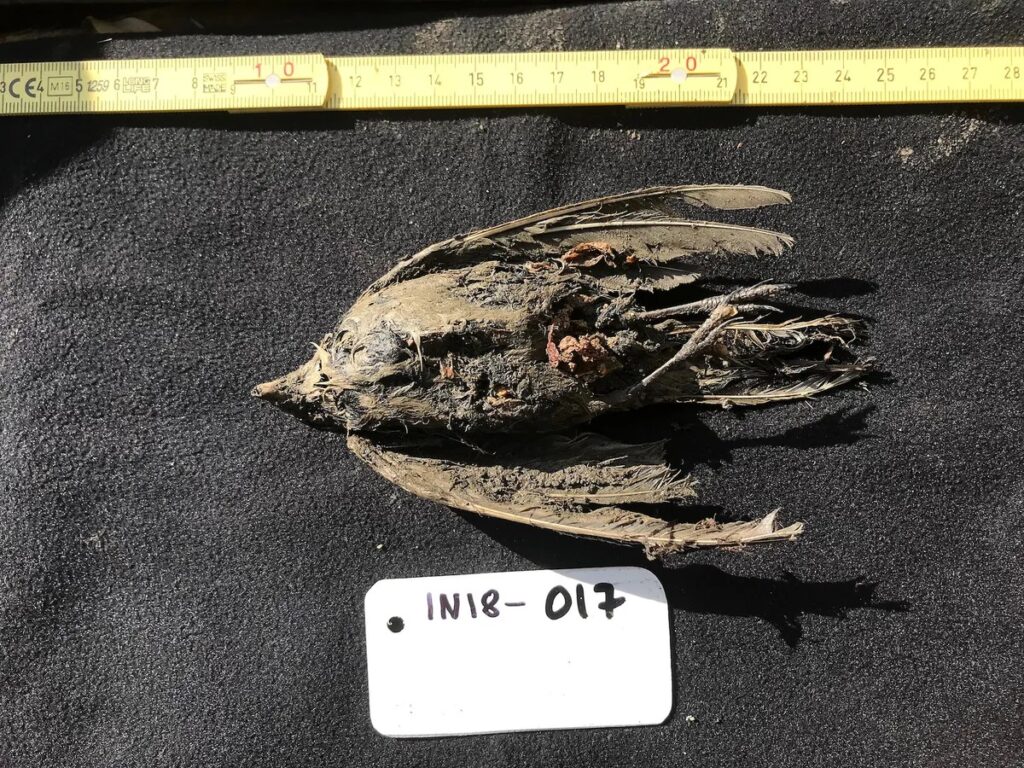
The Siberian permafrost, a treasure trove of prehistoric secrets, has astounded scientists yet again, this time with the remarkable preservation of a small ice age bird. Unveiling a glimpse into a bygone era when mammoths and woolly rhinos roamed the Earth, two fossil hunters stumbled upon a frozen bird carcass near the village of Belaya Gora, its appearance so strikingly fresh that it appeared to have perished just days ago.
This exceptional discovery, which defies the typical decay process of small animals, was met with awe by scientists. Love Dalén, a professor of evolutionary genetics at the Centre for Palaeogenetics in Stockholm, who was present at the find, described the bird as “in pristine condition.” In the normal course of nature, small creatures like this would swiftly disintegrate postmortem due to scavengers and microbial activity.

The bird was subjected to radiocarbon dating and DNA analysis by a team of scientists. The results left them astounded—it was approximately 46,000 years old, making it one of the most ancient and well-preserved birds ever discovered.
Identified as a female horned lark (Eremophila alpestris), a small songbird residing in open habitats across Eurasia and North America, this ice age avian bore the distinct black and yellow markings on its head that define horned larks. Nevertheless, this ancient specimen possessed unique characteristics. Comparisons of its DNA with that of modern horned larks revealed its affiliation with an extinct lineage that diverged from contemporary populations in northern Russia and Mongolia some 80,000 years ago. This divergence suggests adaptations to varying environments driven by the climatic shifts at the close of the last ice age.

The bird offers an invaluable window into the past landscape of Siberia, starkly different from its present appearance. During the ice age, the region was cloaked in a mammoth steppe—a vast grassland teeming with large herbivores and their predators. The horned lark was likely among the common avian inhabitants of this ecosystem, alongside other now-extinct or endangered species.
This discovery is a prized asset for paleontologists, who typically rely on bones and fossils for insights into ancient creatures. The remarkably preserved bird allows for the study of its soft tissues, feathers, and DNA, yielding insights into its appearance, behavior, and evolutionary history. The scientists plan to sequence the bird’s entire genome, which promises to shed light on the pace of lark evolution and their relationship with other avian species.

The frozen bird adds to the growing list of remarkable finds in Siberian permafrost, which has yielded carcasses and body parts of mammoths, horses, wolves, rhinos, and even an 18,000-year-old puppy, whose identity as a dog or a wolf remains a subject of debate. These natural mummies offer a unique opportunity to investigate ice age fauna and their responses to climatic shifts, providing a window into Earth’s prehistoric tapestry.

Leave a Reply